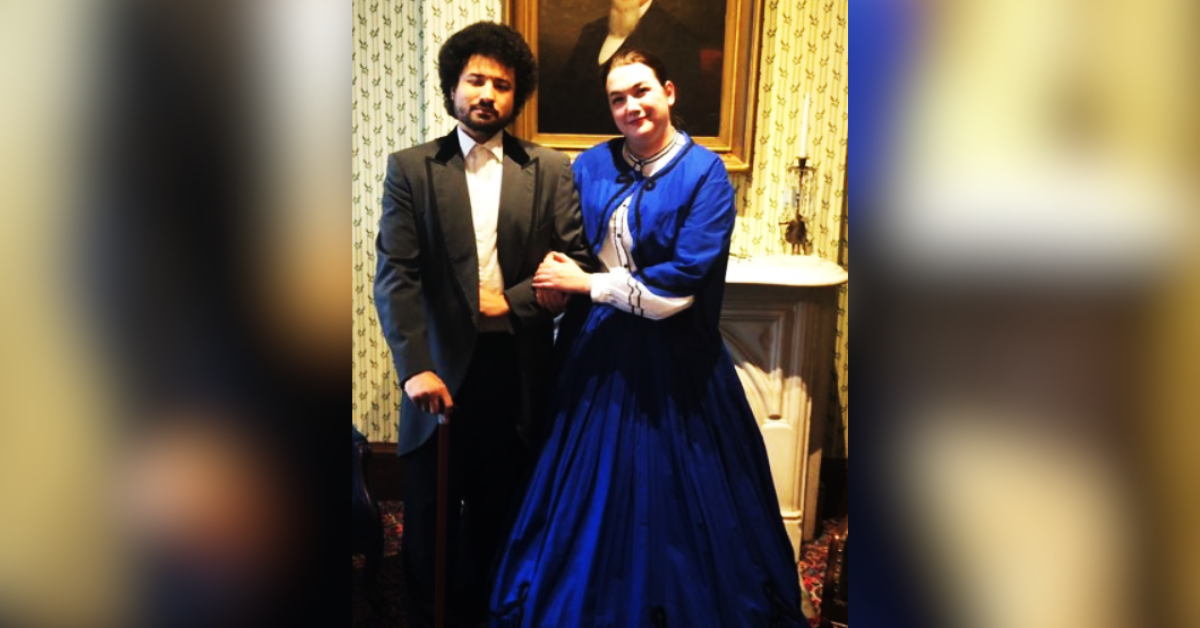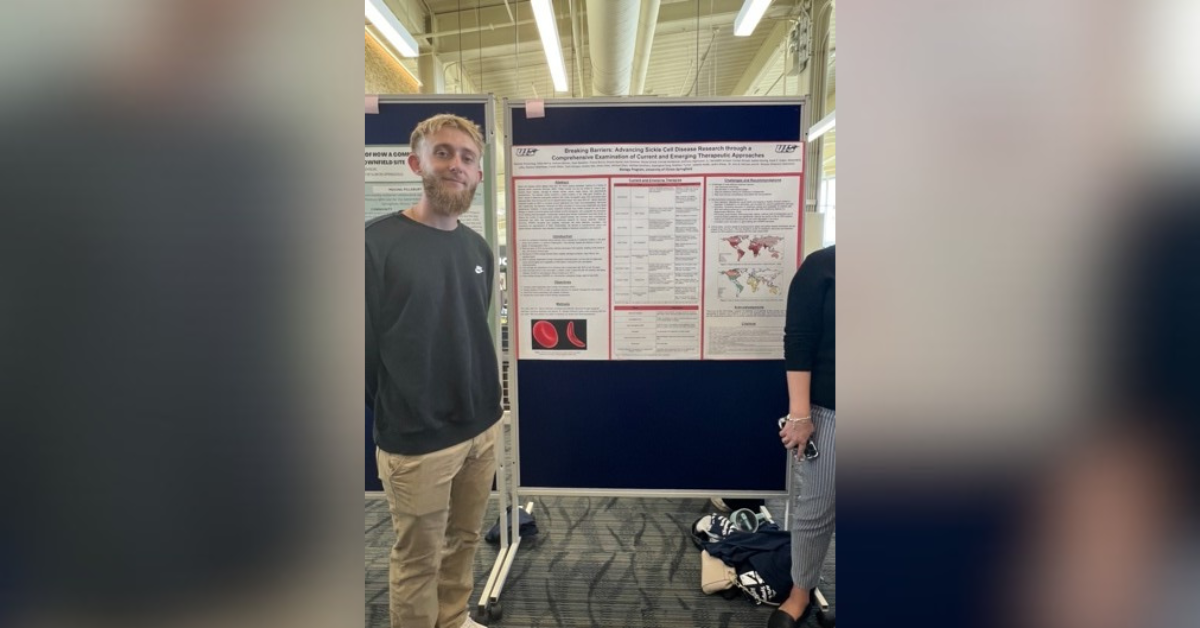Nationally recognized artist Roger Shimomura presented an artist lecture on Thursday. His exhibit, America Behind Barbed Wire, has been displayed in the Visual Arts Gallery in HSB since Oct. 1.
The exhibit is made up of Japanese style lithographs that reflect upon Shimomura’s experiences as a Japanese American, specifically pertaining to his 3 month duration at an internment camp as a child during World War II.
Initially Shimomura did not create Japanese imagery in his art, because his parents did not keep Asian artwork in the house.
“I think a lot of that had to do with that we were put in these camps and being punished for being too Japanese,” Shimomura explained. “And so when we got out of camp, my parents purged anything Japanese from our house.”
His passion for drawing came from comic books. He said, “The time I collected comic books as a child, my drawings always looked like them. They were very simple line drawings, and I am sure that the look of my work today is the result of that childhood experience. I never read the comics; I just looked at them and I relished them visually.”
Shimomura expressed his frustration as a Japanese American in the late 60s and early 70s; he shared stories of how he was mistaken for a foreigner in his own country because of his looks. He created his first Japanese-related painting because of the encounters with strangers; they would ask him where he was from, which Shimomura always truthfully replied, “Seattle.”
His first painting using iconic Japanese imagery, titled “Oriental Masterpiece #1,” features Hokusai’s “The Great Wave” and other images from well known Japanese art.
He said, “Up in Seattle, people gravitated to this painting and they said, ‘You know, it’s really great to see you doing a painting like that.’ And I said why, and they said, ‘Because you look like that.’ And that was so weird to me because this felt foreign to me.”
Shimomura said this perception of him made him want to continue painting Japanese-themed artwork. “There was so much energy behind that idea [of being perceived as Japanese] that I decided I would do a series of paintings [like this].”
Shimomura explained that for years he has been working on 3 themed series of his work: Japanese stereotypes during WWII, Japanese internment camps of the same period, and the issue of racial identity.
“I attempt to paint myself as either the victim or the perpetrator in various stereotypical sort of situations,” he said. One example he showed at the lecture included himself dressed in Asian attire among racially-depicted Disney characters called, “American vs. Disney Stereotypes.”
America Behind Barbed Wire depicts his second theme that he said represents, “World War II incarceration of Japanese Americans.” The illustration of barbered wire is a symbol featured in most of his prints at the exhibit.
One of his lithographs “American Guardian” shows a silhouette of a soldier from the viewpoint of a watch tower, looking through his binoculars down at the internment camp. A small silhouette of a child on a tricycle is shown at the bottom. Shimomura commented, “I used to ride the tricycle all around [the camp].”
Shimomura has had over 130 solo exhibitions of his work and his collections are in over 85 museums nation wide.
America Behind Barbed Wire will remain in the Visual Arts Gallery in HSB until Dec. 1.







